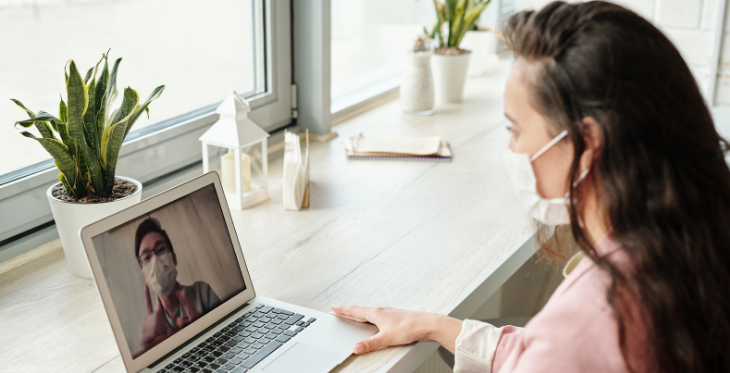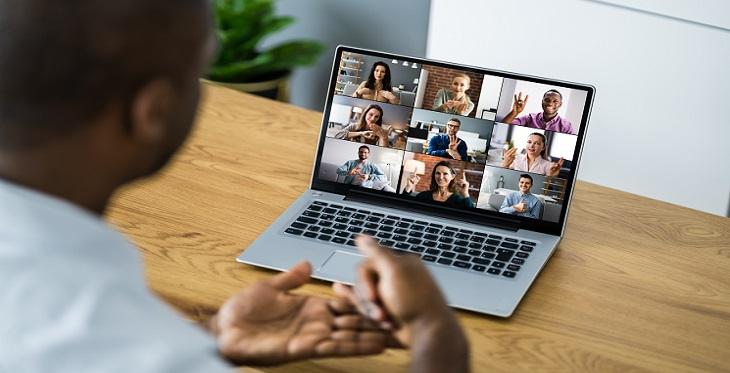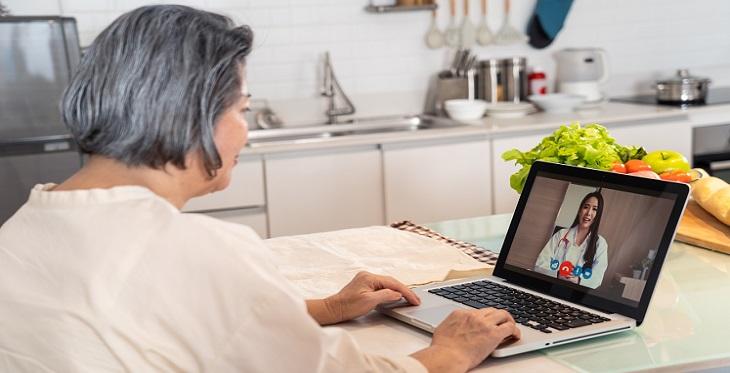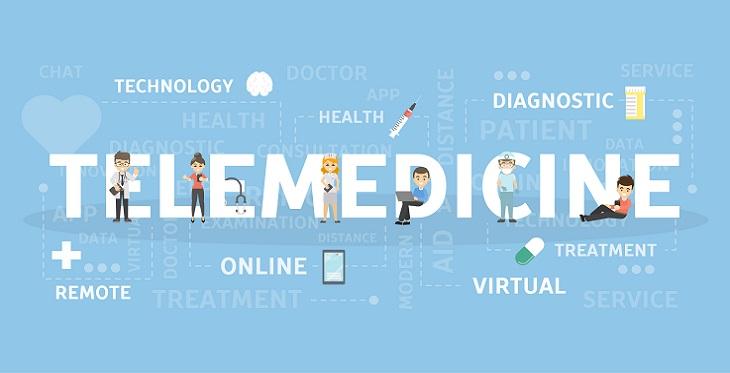The United States and the world have seen a dramatic increase in the use of telemedicine since the inception of the COVID-19 public health emergency due in most part to stay at home restrictions for both providers and patients. Prior to this, telemedicine was used in a wide variety of clinical and related patient care applications for at least 30 years, and had been seeing steady but not exponential growth. In many cases programs were initiated quite rapidly using readily available and often low-cost equipment and tools, unless there was already an existing program and platform in place. Further, the use of telemedicine was facilitated at the state and federal levels but widespread waivers and measures being put into place to reduce barriers that were previously in place such as changes in reimbursements, requirements regarding patient and provider locations, cross-state licensure and privacy/security requirements.
Southwest Telehealth Resource Center Blog

States across the country are proposing or enacting legislation that supports making the increased access to telehealth that occurred during the pandemic permanent. However, many states seem to struggle with how to appropriately regulate remote prescribing requirements as there is wide variation in approaches and priorities emerging in these proposed and new laws.

As the COVID-19 pandemic becomes increasingly under control and more states are ending their public health emergency declarations, legislatures across the southwest have sprung into action to enact bills that permanently expand telehealth services.
At the forefront of this new legislation is Arizona’s HB 2454 that Governor Doug Ducey signed into law on March 5, 2021 to provide comprehensive amendments to the state's laws governing telehealth. In Arizona and other southwest states’ new telehealth laws, entities are generally prohibited from denying coverage for telehealth services and are required to cover remotely provided services at the same rate as equivalent in-person services.

Telemedicine has for years been touted as providing access to healthcare for everyone, anywhere, anytime and it has been quite successful in doing so in many respects but disparities still exist among a number of patient populations. In particular, those who traditionally have challenges accessing healthcare due to physical challenges often experience similar or even greater challenges with telemedicine. Think about for a minute. Telemedicine is predominantly provided using audio and/or video-based telecommunications technologies. This fundamental fact of how telemedicine visits occur can actually exacerbate digital disparities.

“Take care with telehealth” – it’s an urging not a warning. Unless you have been a caregiver of a loved one, you may not appreciate the potential mental, physical, quality of life and financial impacts. My sister bore the burden of caring for our mother when Alzheimer dementia stole her sharp mind. On the rare occasions when my mother stayed with me for weeks at a time, I was overcome with anxiety, feeling like there were tight bands around my chest, and my normally low blood pressure shot up. This tracks with evidence that female caregivers experience more psychological distress than males (Families Caring for an Aging America. 2016).


